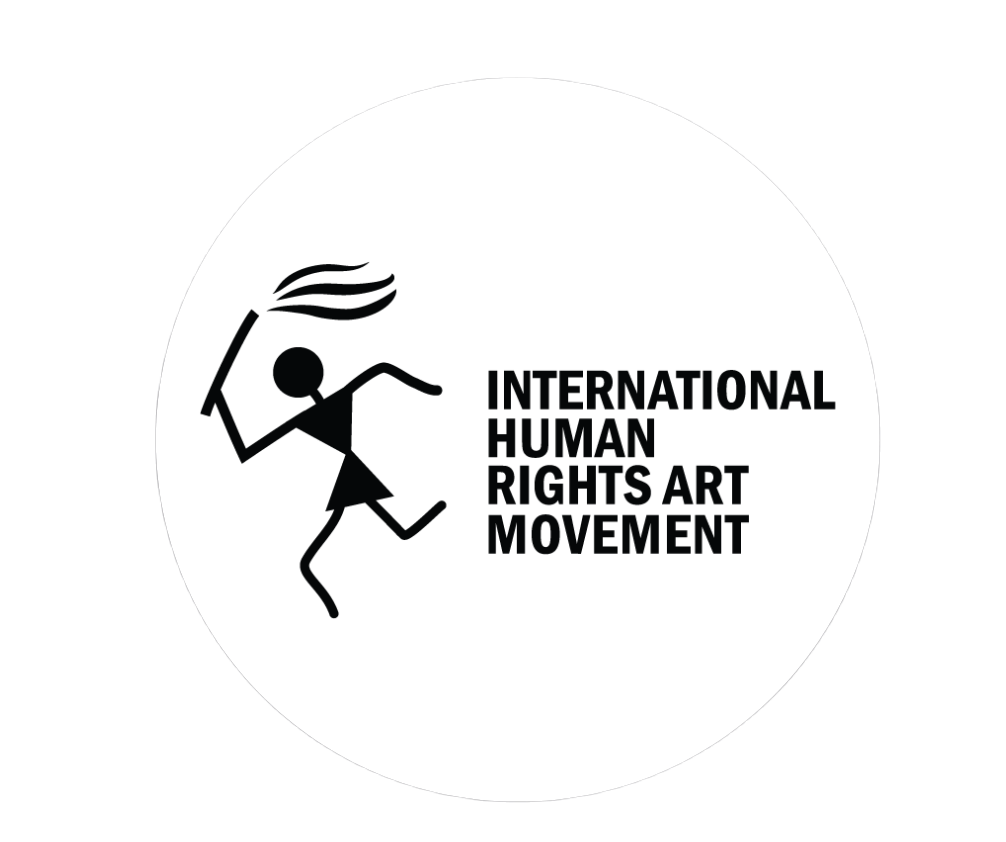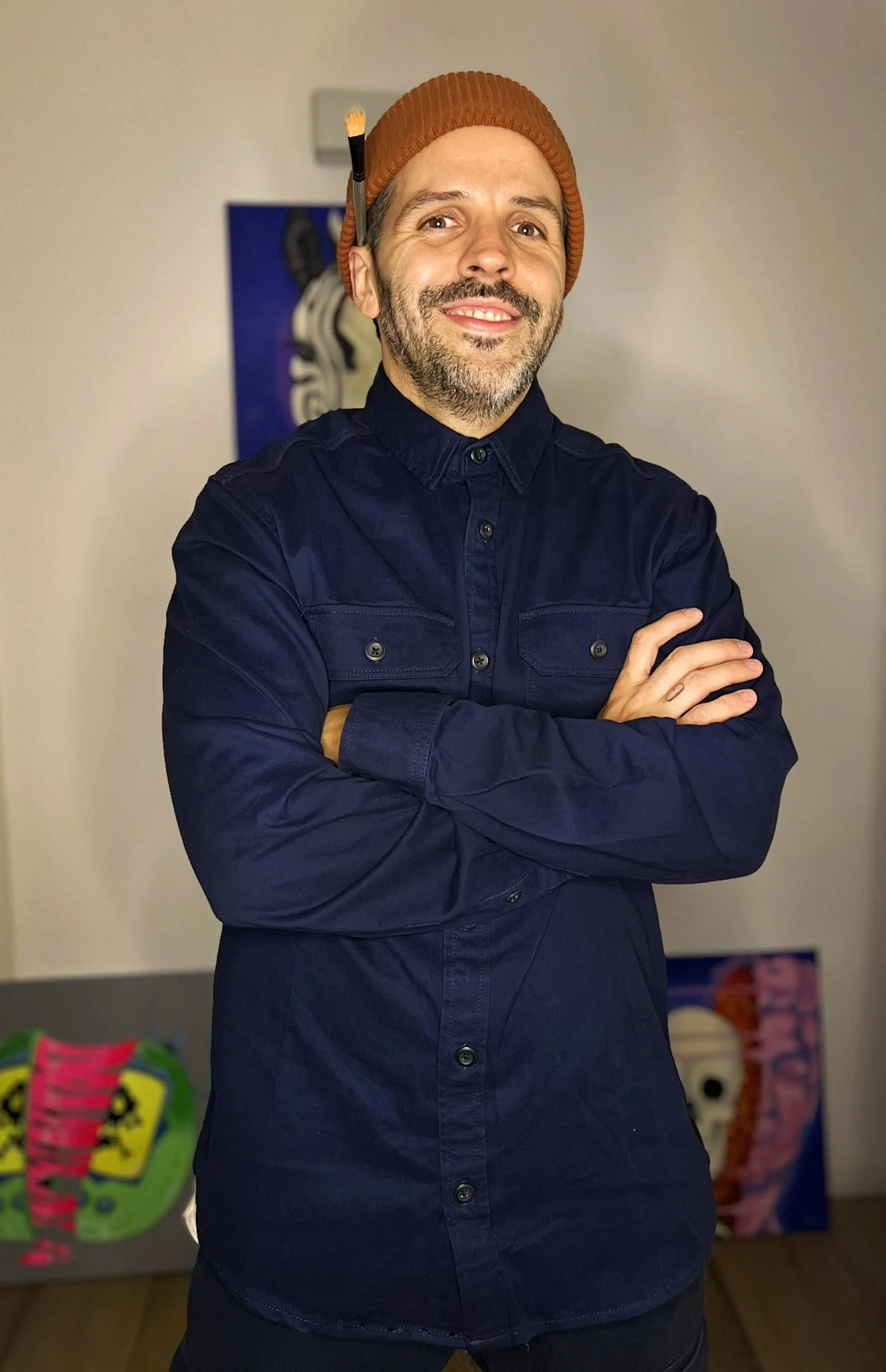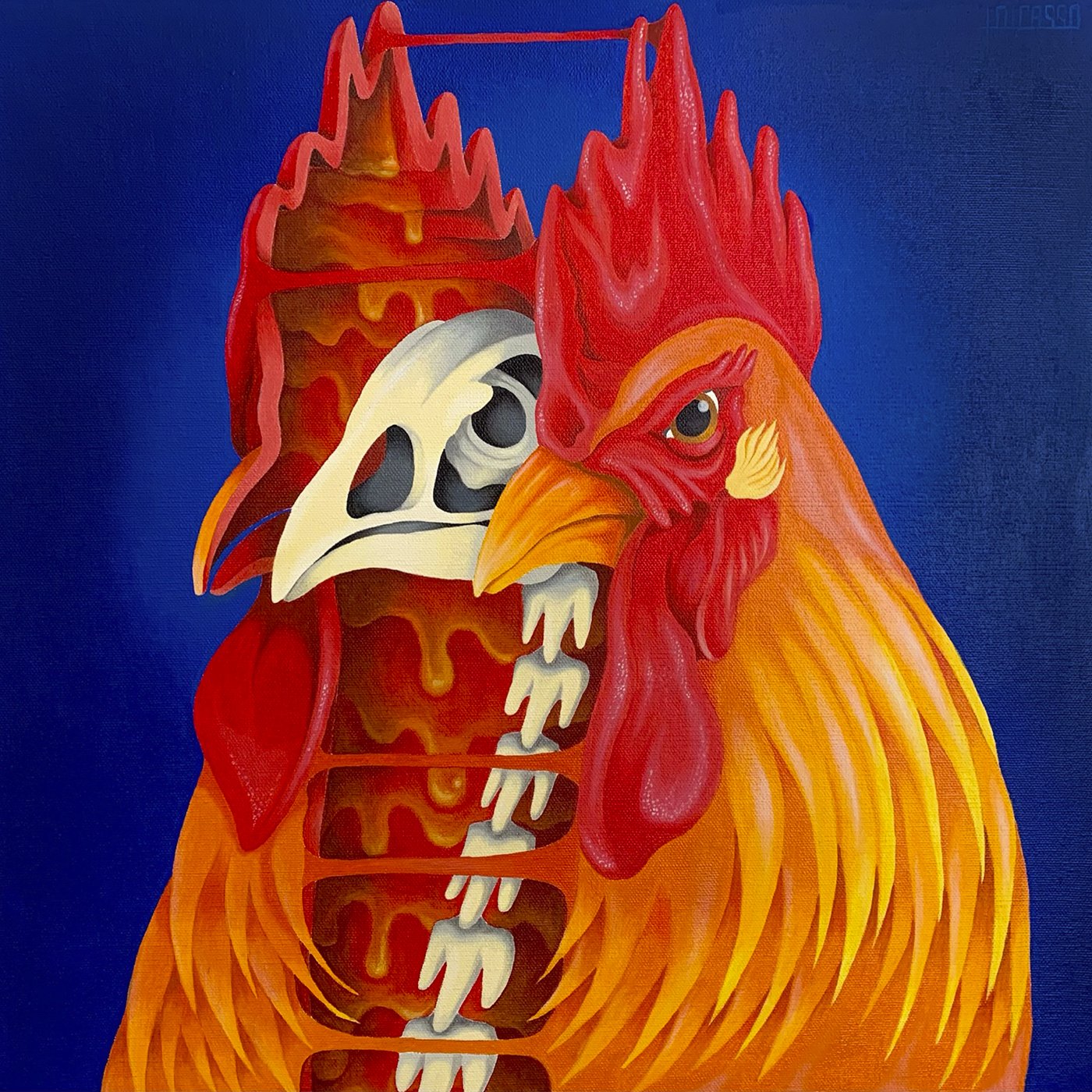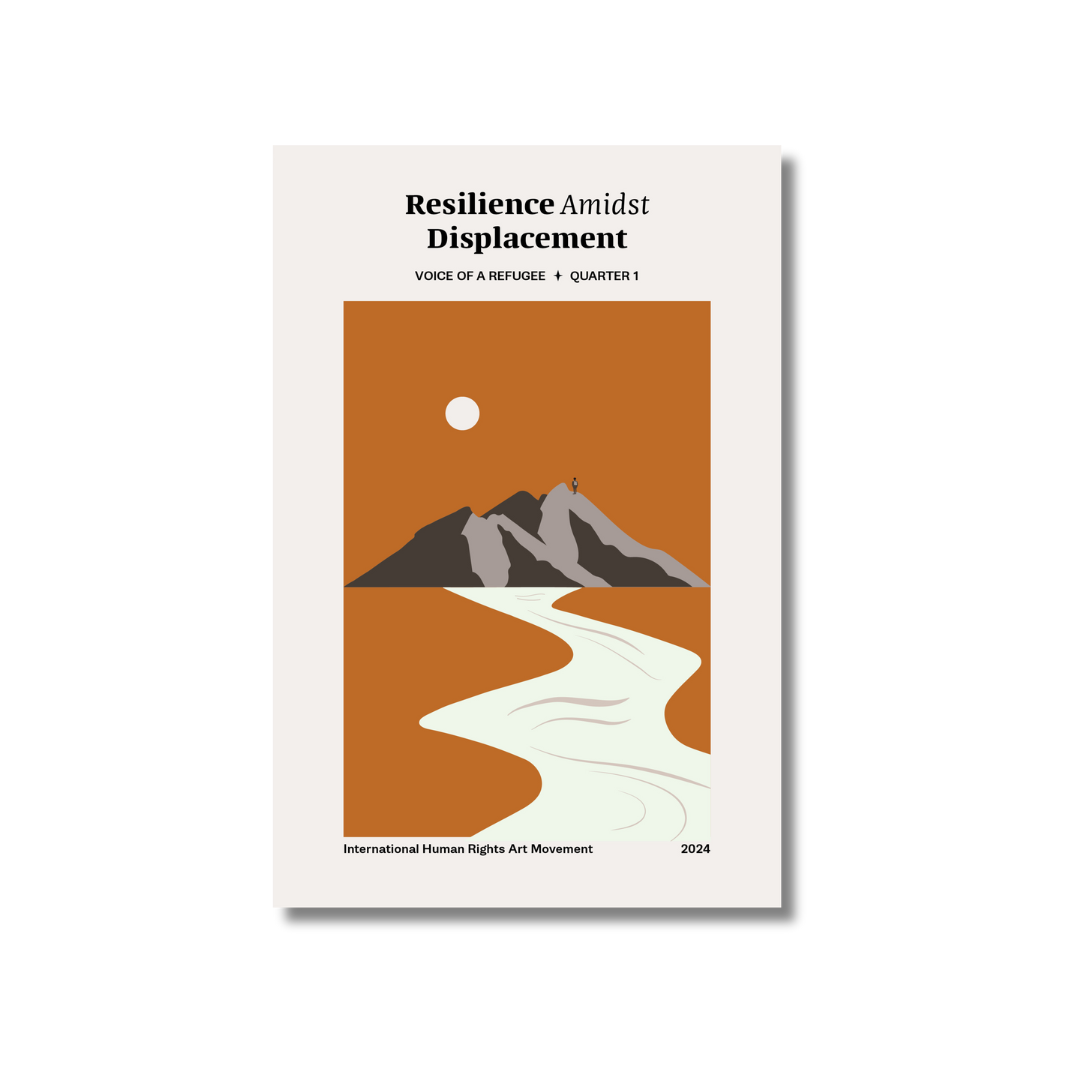Artist Feature: Luis Pedro Picasso
The Artist's Notebook
*
The Artist's Notebook *
Luis is a graphic designer and illustrator from Uruguay. He is one of IHRAM’s treasured artists. In this interview, he shares his musings, inspiration, and honest thoughts on his experience with us as an artist and activist.
His latest art feature with IHRAM Press, D-Rooster, is found in IHRAM Quarter 1 Literary Magazine: Resilience Amidst Displacement.
Thank you for all you do, Luis.
Now, be honest, how has your experience been with IHRAM Press? How did you find us and why did you choose to publish with us?
It was an incredible experience working with a magazine that has such a noble cause and that gives one pleasant comfort.
Would you recommend IHRAM Press to other writers/artists?
Totally!
Share the artwork published in IHRAM Literary Magazine 2024!
Make it stand out
Whatever it is, the way you tell your story online can make all the difference.
D-Rooster
ALL RIGHTS RESERVED TO LUIS PEDRO PICASSO.
Now for the fun questions! What compels you to pick up a pen or open your laptop to free-write? And what inspires/influences your art or writing, particularly when it comes to addressing human rights issues?
When it comes to the rights of people, no matter where in the world, art must devote all its energy to making them visible and of common interest.
The human rights concerns addressed in the IHRAM literary magazine are often complex and challenging to navigate. How do you navigate the balance between highlighting these challenges and maintaining a sense of hope or optimism in your art?
Life is our main teacher and mentor; experiences are the basis of our technique; the people around us and our loved ones are our main source of inspiration.
How do you personally connect with our mission? Particularly on the power of art and literature to influence social change, and our values of beauty as a fundamental creative principle, sincerity, vulnerability, celebrating diversity, and opening doorways of engagement.
My greatest aspiration as an artist is that the person who sees my work feels a bit of the energy I put into creating it, whether it's anger, joy, sadness, or any other emotion my work evokes. You see, I think that the title of ‘artist’ is earned. It is the people who must decide whether you are an artist or not.
The IHRAM magazine aims to celebrate authors contending with their identities within the context of their environments. How does your environment influence your view of the world (your home country, city, and surrounding culture)?
I try to make my work as original and personal as possible. I try not to let myself be influenced by the art world. Although it is impossible to abstract from, I try not to let the art world mold me, but rather the opposite.
In comparison, how does your intersectionality influence your view of the world (your personal beliefs, gender expression, religious affiliations, etc.)?
Human rights are very respected, at least here in Uruguay. Not in all of Latin America, though. Raising your voice and fighting for your rights should be the backbone of any society. Therefore, the purpose of my art is to show us all as we are and what unites us, rather than what separates us.




